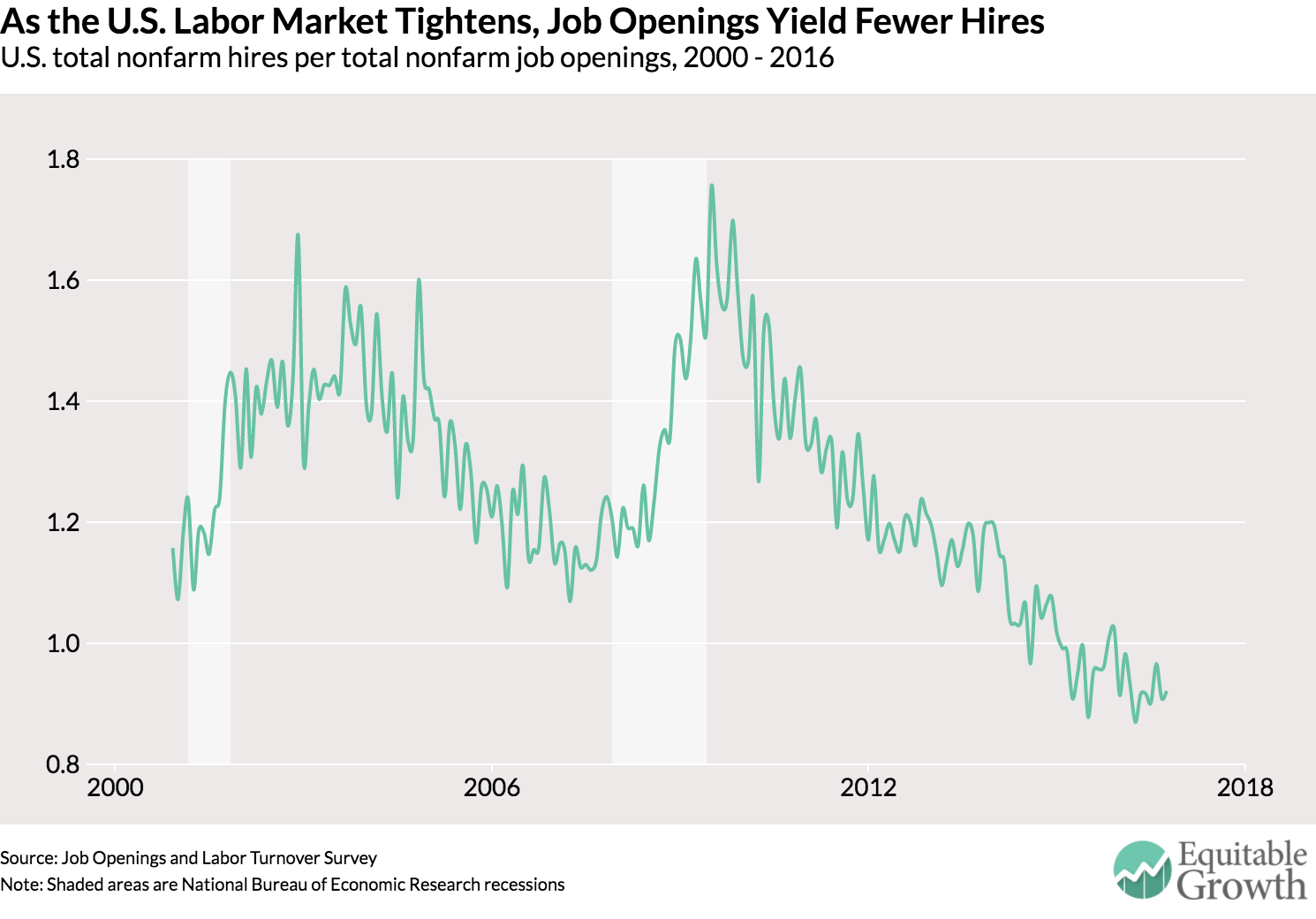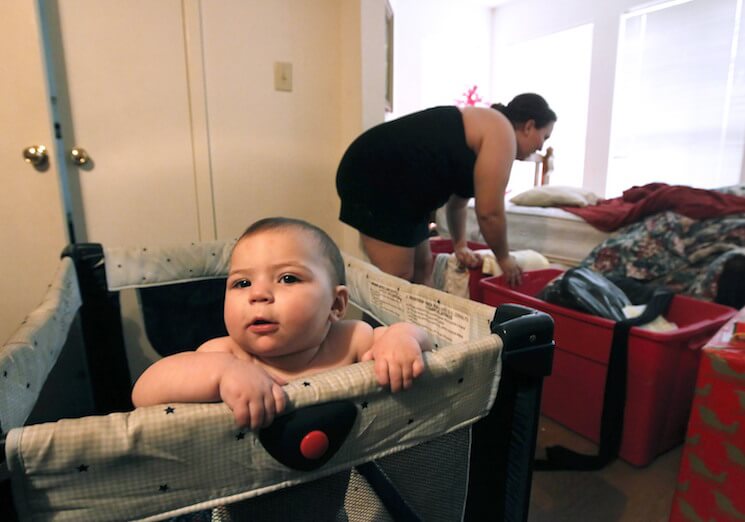
The median earnings gap between black and white men now stands at levels last seen more than 60 years ago, according to a new working paper by Patrick Bayer of Duke University and Kerwin Kofi Charles of University of Chicago. The finding represents a reversal of years of progress, with wage disparities similar to what they were in 1950—four years before the Brown v. Board of Education ruling, 14 years before the passage of the Civil Rights Act, and a time when Jim Crow still dominated much of the country.
The paper tracks the earnings gap for black and white men ages 25 to 54 from 1940 through 2014. Previous research suggested this gap shrunk substantially through the 1970s, before stagnating since then. Clearly, a wage gap that hasn’t budged since the 1970s is disturbing. But previous literature missed a major piece of the equation: The rise in incarceration and a general decline in working class jobs over the past three decades that devastated blue collar careers and resulted in a growing group of men who aren’t working whatsoever.
By including all men in the analysis, not just those who are working, Bayer and Charles found that the black-white wage gap for men hasn’t simply stagnated since the 1970s, it has gotten worse—much worse. Black men are earning less and also are less likely to be employed compared to their white counterparts. At the height of the Great Recession, for example, 37.8 percent of black men were not working vs. 18.6 percent of white men (compared to 18 percent for black men in 1960 versus 8 percent for white men).
This reversal in progress isn’t due to differences in education levels. Black men today are much better educated than they were in 1950s. The rising level of education among black men was a significant driver of the initial narrowing of the racial wage gap in the 1950s and 1970s. While black men today have slightly less education than their white counterparts (about a year less), the discrepancy is much smaller than it was 70 years ago.
But in today’s economy, one’s level of education is more important than ever in determining whether you have a job, and whether that job is high quality. So even though the black-white gap in educational attainment today is narrow, any gap that exists matters much more for earnings. In fact, had black men not made such large gains in education, the earnings gap would have been even larger. Other research points out that factors such as the decline in unions, the failure to raise the minimum wage, and the failure to enforce anti-discrimination laws also played a role.
Bayer and Charles also find that there is growing inequality among black men themselves. While there has been a remarkable lack of progress and even a relapse in terms of closing the earnings gaps between middle- and lower-class black men, black men in the top quarter of the earnings distribution have made sizeable gains—and continue to see an increase in their earnings both in absolute terms as well as relative to their white male peers. The two researchers suggest that this could be due to more equal access to certain high-skilled occupations and universities.
Recent media attention has tended to focus on the plight of the white working class, whose financial security has been shattered over the past 30 years. There is no doubt that the experiences of the white working class should be a cause for concern, but we must acknowledge that the same economic forces affecting all working-class men—rising inequality, the decline of unions, the greater risk of unemployment, and the rise in incarceration—have been especially destructive for black men and have all but reversed years of progress.




